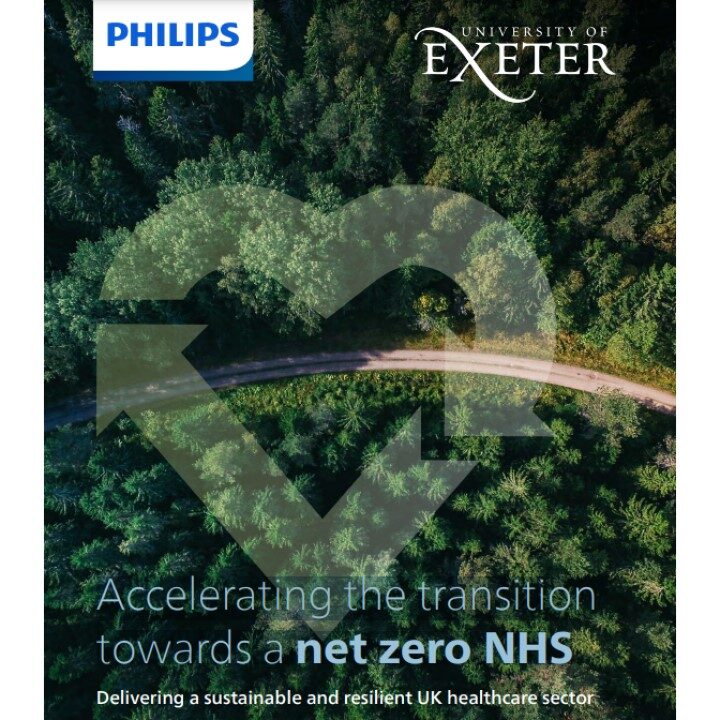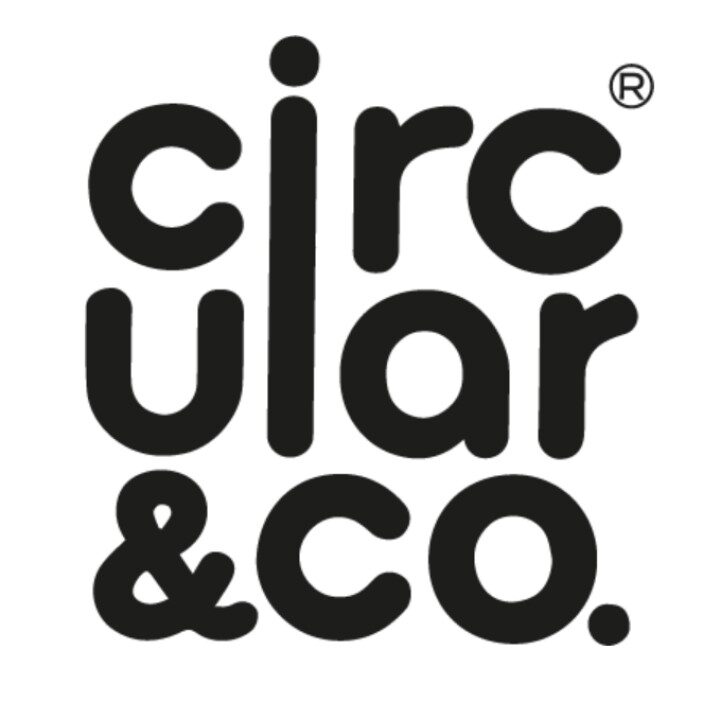Accelerating the transition towards a net zero NHS
CE-Hub, 2022
Executive summary
Today the health care sector faces an array of formidable pressures, including an ageing population and comorbidities, inequalities in access to healthcare and health outcomes and environmental impacts on health. This increases demand and competition for budgets. Meanwhile, the ongoing Covid-19 pandemic continues to compound these pressures.
In October 2020 the NHS set its ambitious targets for cutting its greenhouse gas emissions, pledging to become the world’s first net zero national health service by 2040 with an 80% reduction by 2032. The NHS alone currently accounts for 4% of UK greenhouse gas emissions comprising three categories of emissions. Achieving NHS scope 3 targets will require an 8% year-on-year reduction through to 2032, compared to an average reduction of 1% between 2008-2020. Supplier behaviour is therefore fundamental to the NHS net zero ambition and needs to match the ambition and responsibility of the NHS in their own net zero commitments.
Currently, a take-make-dispose ‘linear’ health system prevails in the health sector involving large volumes of waste including single use products and disposing of medical equipment prematurely. This creates unnecessary carbon emissions and also wastes money. The 8% annual reduction cannot be achieved by incremental innovation. Instead, suppliers and the NHS need to collaborate to deliver net zero care models. Enabling these changes requires new forms of collaboration between suppliers, health sector decision makers and the involvement of all staff and service users.
In this report, we review how the NHS and suppliers can implement and scale up CE. Three short illustrative case studies featuring medical technologies – telehealth, digital pathology and low-helium MRI scanners – show different ways that medical equipment can impact scope 3 emissions. The same principles can be applied to everything else that the NHS procures. This ranges from medicines and chemicals to construction and catering. Well-designed CE approaches can power true systems change, unlocking economic savings, improving patient
outcomes and access to health. The report concludes that circular approaches in the NHS are not only possible, but a vital enabler to the NHS achieving its net zero ambitions whilst supporting its core aim to deliver care for patients. Moreover, the shift away from the linear approach can be accelerated through many of the initiatives already underway or in place
within the NHS.
While there are many barriers to overcome in such a large sector, adopting a CE mindset will accelerate transformational change – not only for net zero but also enhanced health outcomes, reduced costs, improved efficiency and managing workforce challenges. This requires NHS decision makers, commissioners and their partners, suppliers, industry and trade groups to
incentivise faster progress.

Accelerating the transition towards a net zero NHS
AUTHORS
Professor Dr. Markus Zils, Professor Peter Hopkinson, Professor Fiona Charnley, Professor David Pencheon, Dr Tom Dawson, Dan Eatherley, Dr Kerry Burton, Dr Anya Gopfert.
University of Exeter Centre for Circular Economy, in association with Philips UKI.
Access report





